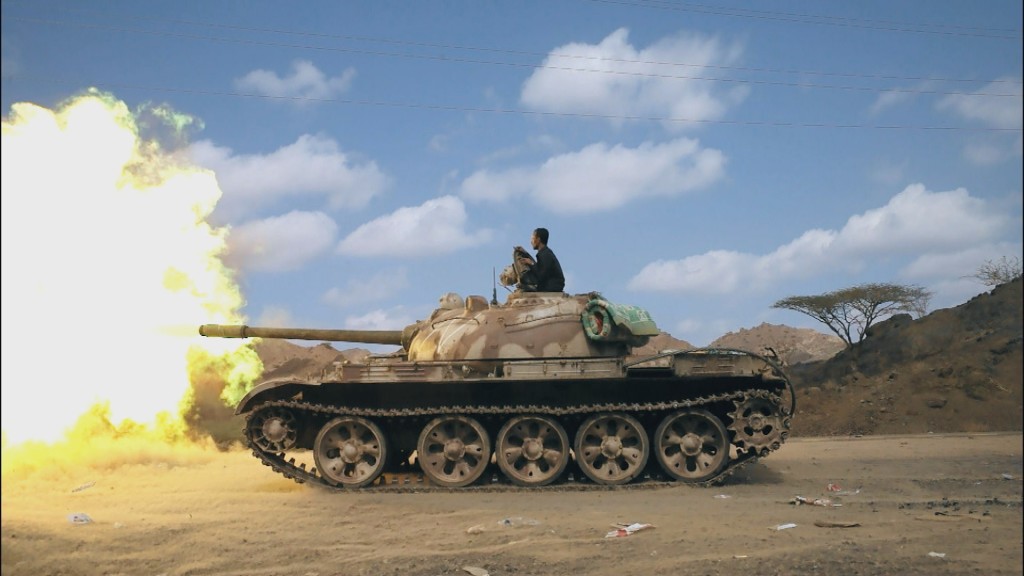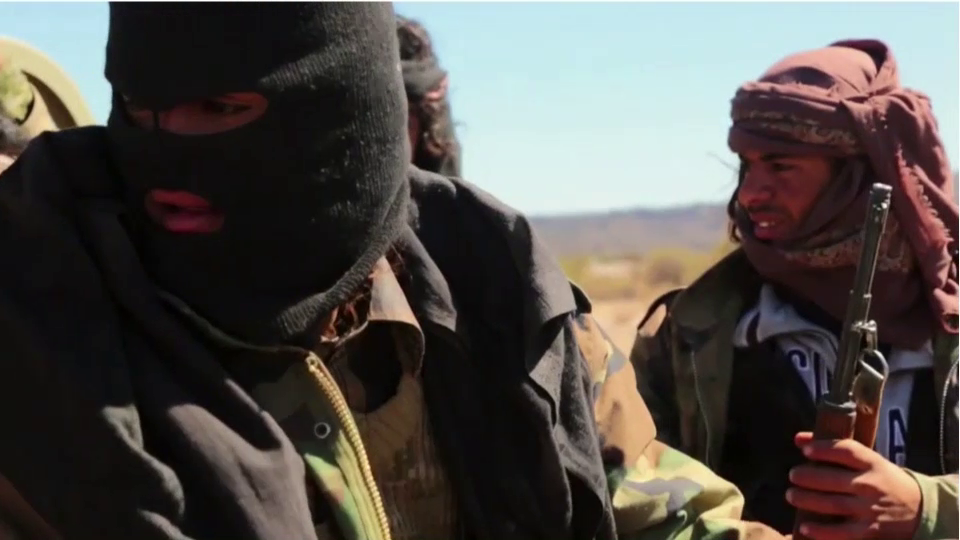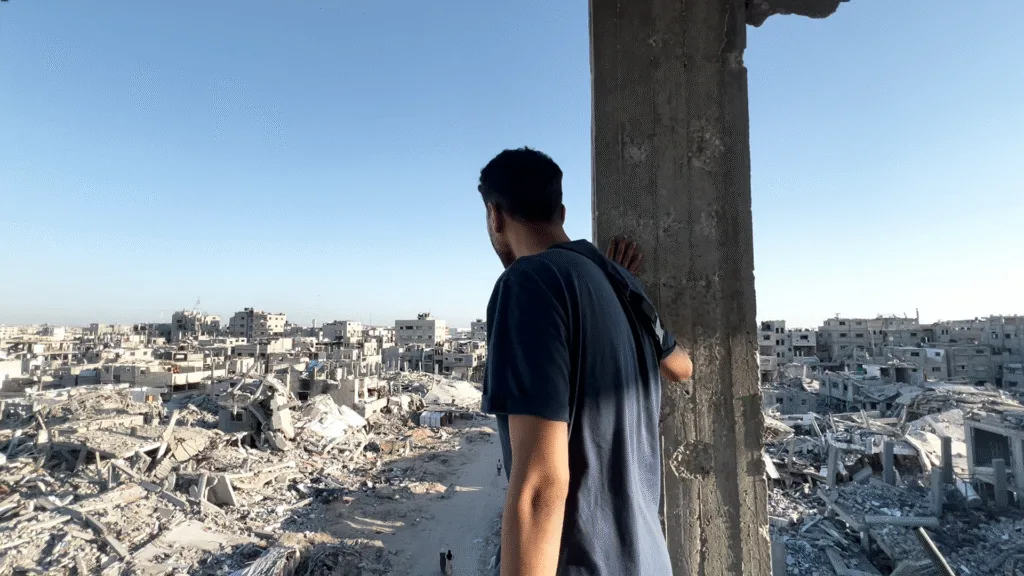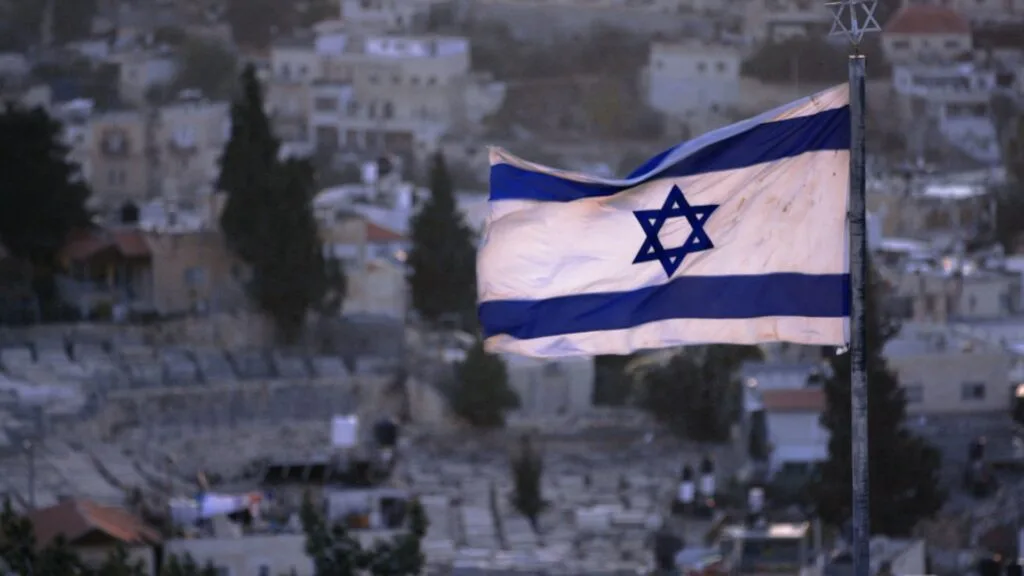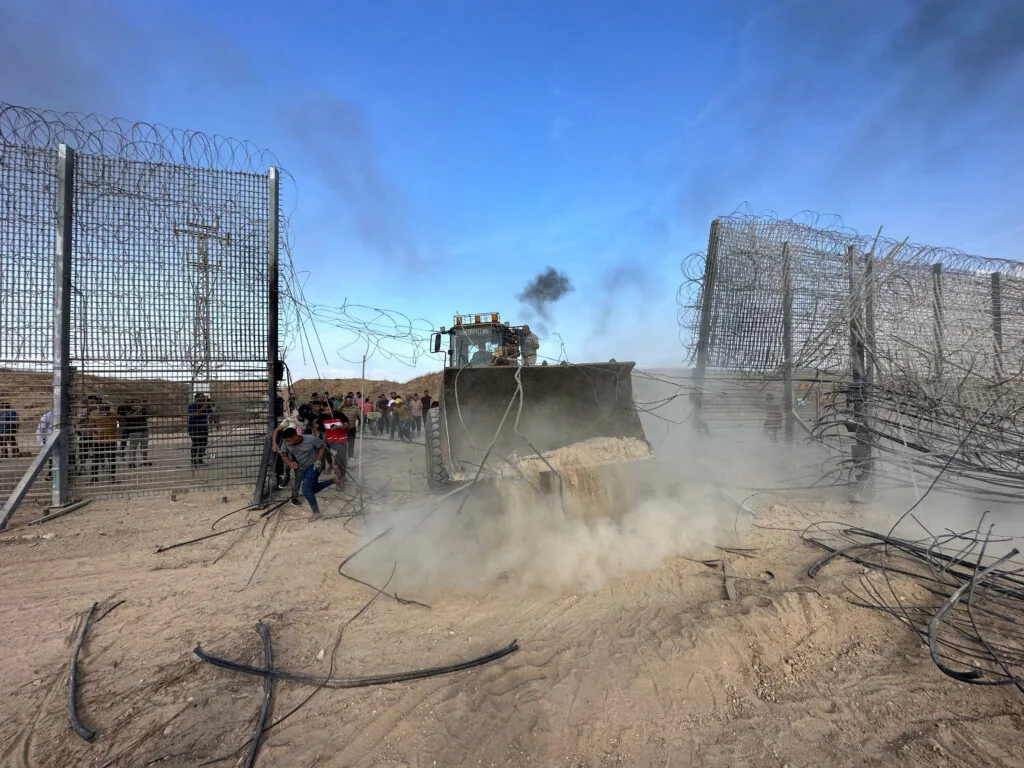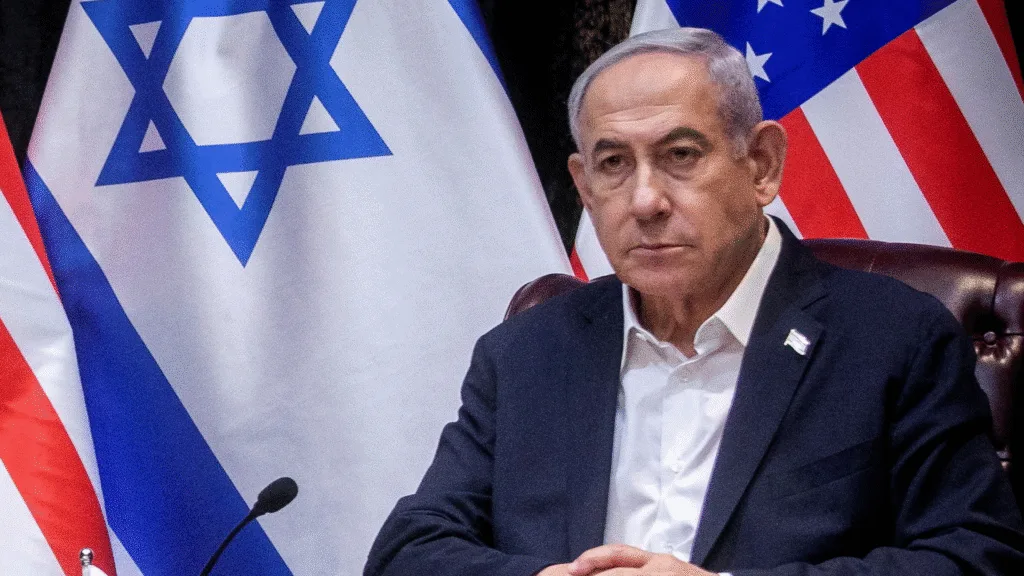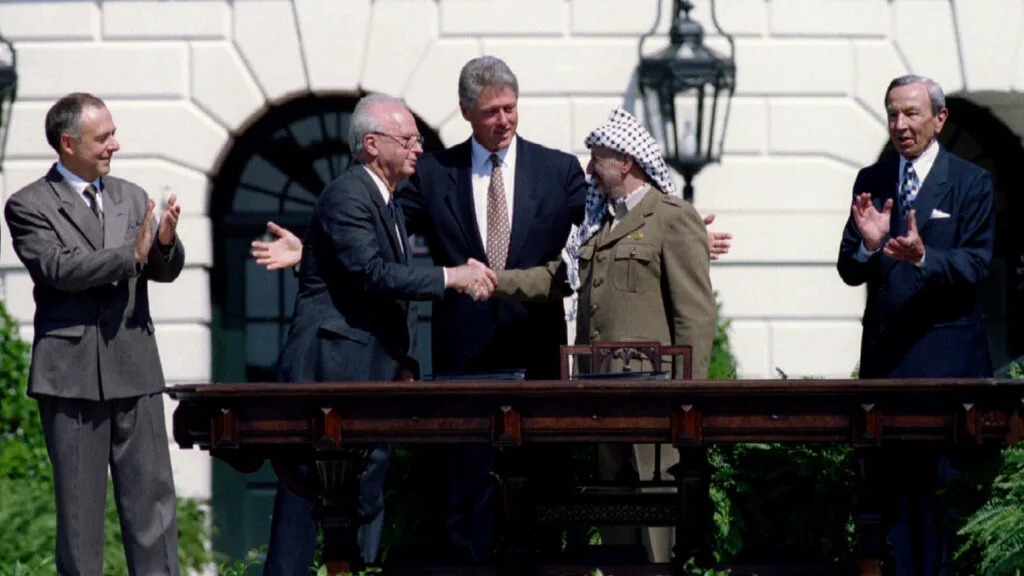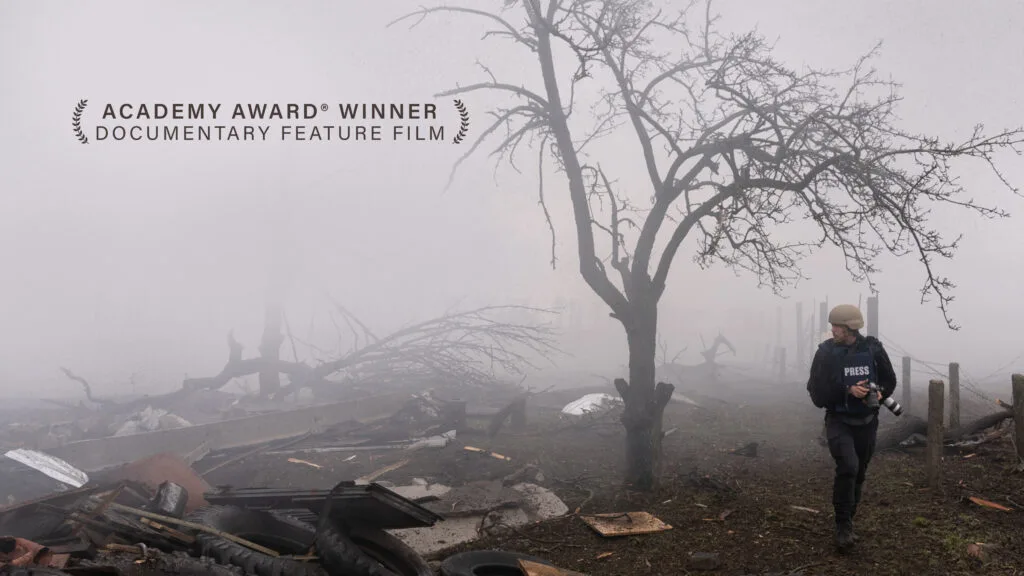Fighting In Yemen Has Led to War Crimes on Both Sides of the Battle, Says Amnesty
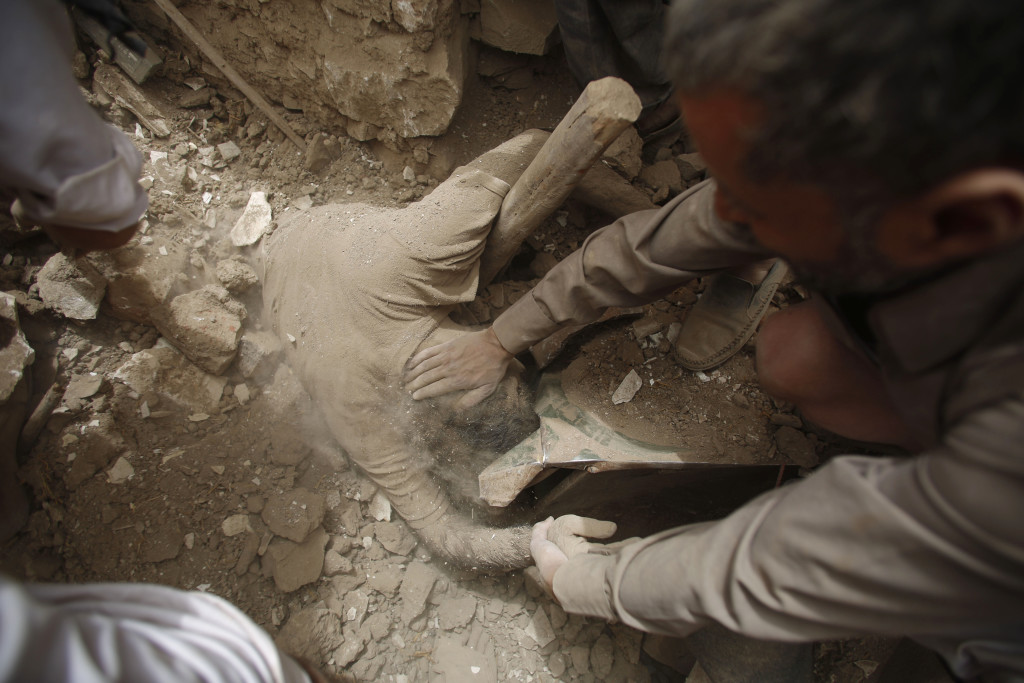
August 19, 2015
Share
Fighting in Yemen hasn’t received as much attention as the war in Syria or the ongoing unrest in Iraq, but a report from Amnesty International on Tuesday concludes that the conflict there has similarly resulted in a “bloody trail of civilian death” that in some instances, may amount to war crimes.
More than 4,000 people have been killed in Yemen since March, when a coalition of Middle Eastern nations led by Saudi Arabia began bombing the Houthi rebels who have seized the capital and driven the nation’s previous government into exile. Complicating the fight has been the involvement a variety of anti-Houthi rebel groups, some with links to the nation’s Al Qaeda affiliate and ISIS.
Half of those killed in Yemen, the Middle East’s poorest nation, have been civilians, according to the Amnesty report, often time, “in the very places where they had sought refuge after having been displaced from their homes.”
“Civilians in southern Yemen have found themselves trapped in a deadly crossfire between Houthi loyalists and anti-Houthi groups on the ground, while facing the persistent threat of a coalition airstrikes from the sky,” said Donatella Rovera, a senior crisis response advisor at Amnesty International. “All the parties to this conflict have displayed a ruthless and wanton disregard for the safety of civilians.”
The report focuses on a series of eight airstrikes carried out by the Saudi-led coalition, which killed at least 141 civilians and injured 101 in June and July. In the aftermath of one strike, conducted in the port city of Mokha, a resident told Amnesty investigators that the destruction left behind was “something out of judgment day,” with “corpses and heads scattered, engulfed by fire and ashes.”
The Amnesty report called the airstrikes it investigated “unlawful,” saying they failed to distinguish between military targets and civilian objects in areas of the nation controlled by the Houthis.
Meanwhile, ground fighters on both sides of the conflict have used imprecise weapons, including mortars, artillery fire and rocket attacks, inside densely populated residential areas. In one attack in the city of Aden, a series of rockets struck two hotels where displaced families had been sheltering.
Such attacks showed “utter disregard for the protection of civilians,” the report said, warning that they may also amount to war crimes.
The report was released on the same day as a separate analysis by UNICEF finding that an average of eight children are being killed or maimed each day in Yemen as a result of the fighting.
Despite the grim toll of the conflict on Yemen’s civilian population, a resolution remains far from sight.
The Houthis have lost several key strongholds in recent weeks, including in Aden. But as Adam Baron, a visiting fellow at the European Council on Foreign Relations, wrote in a recent commentary, “It remains difficult to envision the conflict coming to an end in the absence of a political solution.”
Talks brokered by the United Nations in June were widely dismissed as a failure, he noted, after both sides failed to even meet together in the same room.
“Some have expressed hopes that the defeat in Aden will spur the Houthis and their allies … to make concessions, while granting a victory, of sorts, for the exiled government, which is currently in the process of relocating to Aden,” wrote Baron. “But little remains clear – save the fact that the ongoing conflict is pushing already poor and underdeveloped Yemen ever close to the brink of collapse.”
Related Film: The Fight for Yemen
With Yemen in chaos, a gripping account from the heart of the conflict.

Related Documentaries
Latest Documentaries
Related Stories
Related Stories
Policies
Teacher Center
Funding for FRONTLINE is provided through the support of PBS viewers and by the Corporation for Public Broadcasting. Additional funding is provided by the Abrams Foundation; Park Foundation; the John D. and Catherine T. MacArthur Foundation; and the FRONTLINE Journalism Fund with major support from Jon and Jo Ann Hagler on behalf of the Jon L. Hagler Foundation, and additional support from Koo and Patricia Yuen. FRONTLINE is a registered trademark of WGBH Educational Foundation. Web Site Copyright ©1995-2025 WGBH Educational Foundation. PBS is a 501(c)(3) not-for-profit organization.
